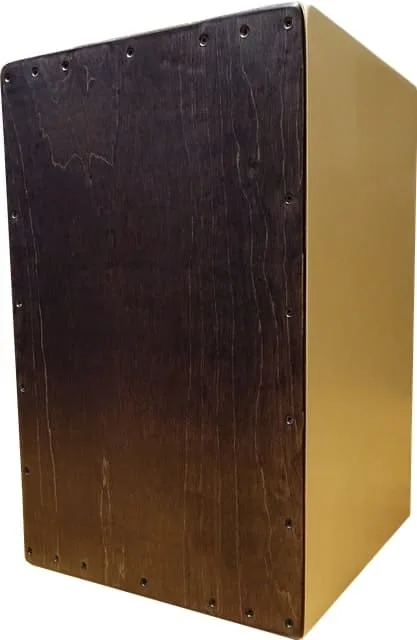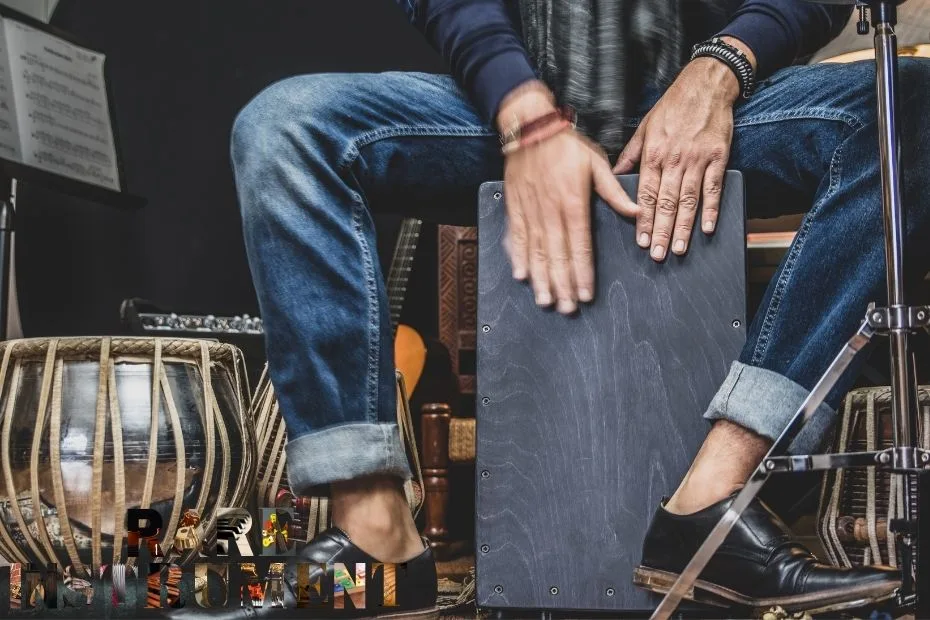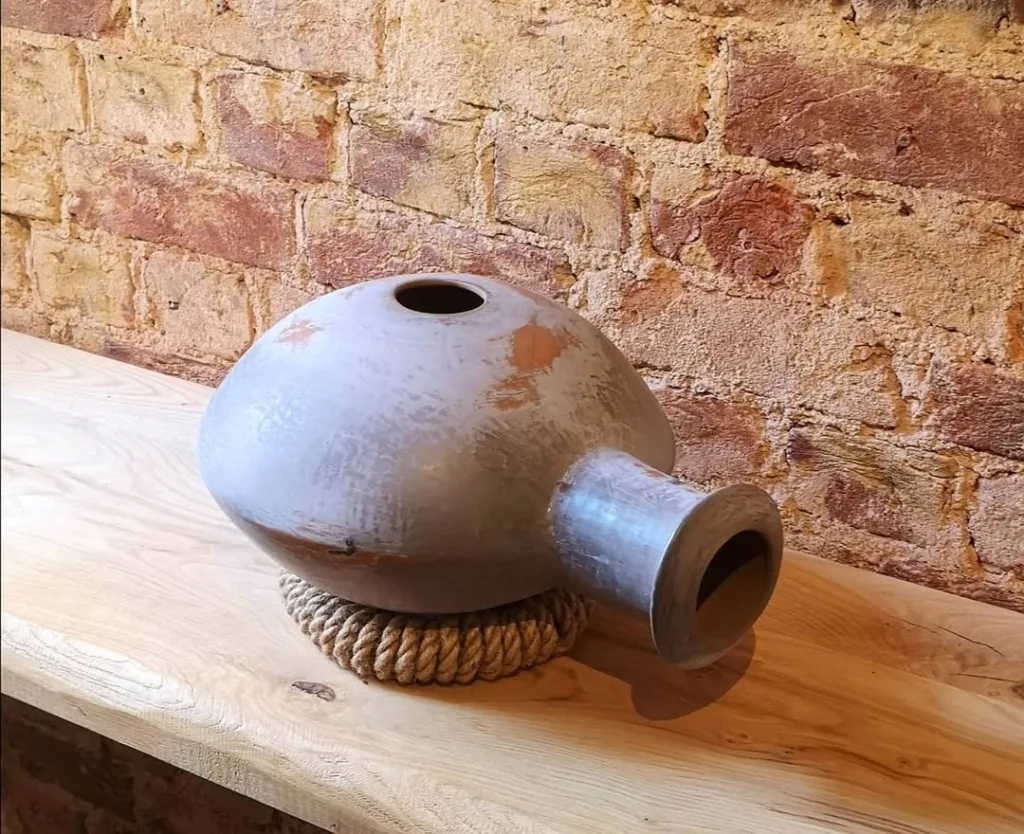Cajon Flamenco Edition: The Instrument That Ignites Rhythm and Soul
In the world of percussion, certain instruments transcend being mere tools; they become vessels of culture and translators of emotion. The Cajon Flamenco Edition is precisely that. This is not just an ordinary box drum; it is the very soul of Spain’s fiery flamenco tradition, captured in a beautifully crafted wooden instrument. For percussionists seeking authenticity, expressive depth, and that unmistakable duende, the Flamenco Edition cajon is the ultimate choice.
But what exactly sets a flamenco-specific cajon apart from other models? It’s a symphony of specialized design choices aimed at producing the sharp, responsive, and complex tones required by the flamenco palos (styles). Let’s delve into the features that make this instrument so unique.
| Feature | Description | Flamenco Performance Benefit |
|---|---|---|
| Front Tapa (Playing Surface) | Typically made of thinner, resonant wood like birch or spruce. | Produces a brighter, more immediate slap and a sharper bass tone, cutting through guitar and vocals. |
| Internal Snare System | Adjustable guitar or snare wires pressed against the tapa. | Creates the characteristic buzz and crisp attack for compás (rhythmic cycles) and accents. |
| Body Wood | Dense hardwoods like mahogany, birch, or maple. | Provides structural integrity and projects a warm, well-defined sound with excellent sustain. |
| Sound Hole | Rear-positioned, often larger in diameter. | Enhances bass projection and allows the player to feel the air movement, crucial for dynamic control. |
| Height & Ergonomics | Standard height around 48 cm (19 inches). | Allows for a comfortable playing position, essential for long performances and rapid technique. |
The Heart of Flamenco: A Brief Historical Connection
The cajon’s journey to becoming the heart of flamenco is a fascinating story of cultural fusion. Originally from Peru, the instrument was adopted and radically transformed by Spanish Romani (Gitanos) flamenco musicians in the 1970s, notably under the influence of the legendary guitarist Paco de Lucía. They added the internal snare system, transforming the box’s sound to mimic the percussive elements of traditional flamenco footwork (zapateado) and handclaps (palmas). This innovation cemented the cajon’s place as the rhythmic backbone of modern flamenco.
Deconstructing the Flamenco Cajon’s Sound Palette
A master flamenco cajon player can produce a vast array of sounds, each with a specific role in the music. Understanding these tones is key to appreciating the instrument’s design.
- Bass Tone (Golpe Bajo): Struck with the full palm in the center of the tapa. This is the foundational beat, providing the deep, low-end pulse of the compás.
- Slap/Treble Tone (Golpe Alto): Delivered with the fingers or the edge of the hand near the top of the box. This creates a sharp, high-pitched crack used for accents and syncopation.
- Snare Buzz (Chas): A light tap or brush that engages the snares, producing a buzzing, textured sound that fills the spaces between the main beats, adding immense rhythmic complexity.
- Ghost Notes & Textures: Subtle sounds created by fingertips and light touches, adding layers of groove and feel that are essential for the emotional flow of flamenco.
The adjustable snare system is the secret weapon here. By tightening or loosening the snares, a player can dial in the exact amount of buzz—from a subtle sizzle for Bulerías to a sharp, aggressive rattle for Soleá.
Choosing Your Flamenco Cajon: A Buyer’s Guide
Not all cajons labeled “flamenco” are created equal. When selecting your instrument, pay close attention to these critical factors:
1. Wood Selection and Construction
The type of wood used for the tapa (front plate) is paramount. A thin, responsive plywood like birch is standard for professional models, offering a perfect balance of flexibility for slaps and strength for bass. The body should be made of a durable hardwood to ensure projection and longevity. Look for solid wood construction rather than cheaper, thicker laminates, which can sound dead and unresponsive.
2. Snare System Quality
Inspect the snare mechanism. High-quality models use durable guitar strings or actual snare wires attached with a robust, easily adjustable system. A poor-quality snare can produce a weak, rattling sound instead of a crisp buzz and may fail over time.
3. Playability and Feel
If possible, play the cajon before you buy it. The instrument should feel comfortable under your hands. The bass tone should be deep and clear without being muddy, and the slap should snap back instantly. The sound hole should be comfortably positioned, and the overall finish should be smooth to avoid splinters.
Beyond Flamenco: The Versatility of the Instrument
While the Cajon Flamenco Edition is a specialist, its sonic characteristics make it incredibly versatile. Its bright, cutting attack and crisp snares have found a home in:
- Acoustic Pop and Folk: As a portable drum kit for singer-songwriters.
- Jazz and World Music: Providing a warm, textured rhythm section.
- Rumba and Latin Music: Genres with a direct historical connection to the cajon’s roots.
However, its true home remains the passionate, improvisational world of flamenco, where its voice is most profoundly expressed.
Conclusion: Your Gateway to Authentic Rhythm
The Cajon Flamenco Edition is more than just a percussion instrument; it is a piece of living history and a tool for profound musical expression. Its specialized design, focused on delivering the sharp, emotive sounds essential to flamenco, sets it apart as a premium choice for serious musicians. Whether you are a flamenco purist or a percussionist looking to add a powerful and authentic voice to your arsenal, investing in a quality Flamenco Edition cajon is a decision that will ignite your rhythm and touch your soul for years to come.



